Read the full story on The Auto Wire
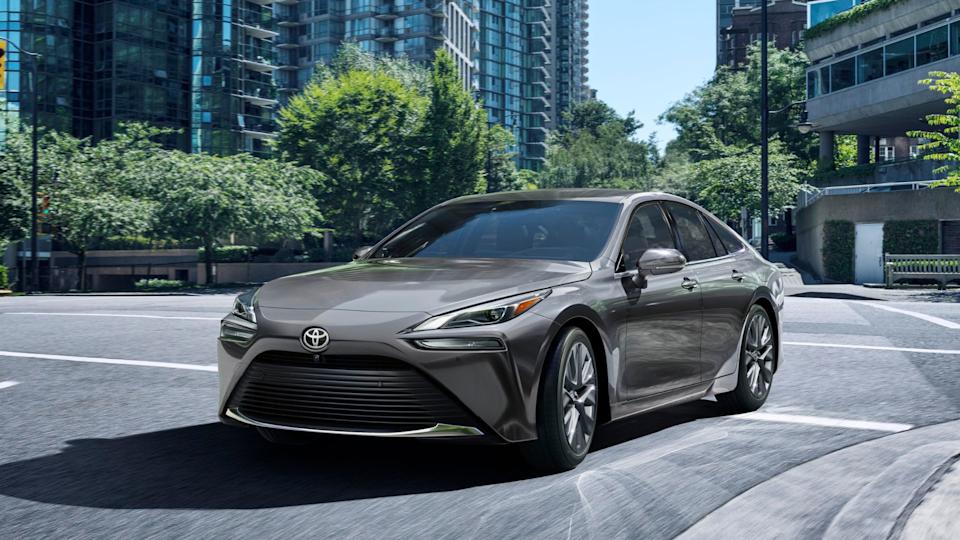
Things are definitely changing in the automotive industry, including hydrogen fuel cell cars phasing out in America. At least that seems to be what’s on the horizon, and it’s all thanks to the Trump administration.
See what happens when a gas tank ruptures during a car fire.
Depending on how you feel about powering cars using hydrogen, you’ll either want to thank or blame this administration. After all, as a recent report from The New York Times points out, it’s new federal policies which are to blame for the impending demise of “clean” hydrogen power.
The Biden administration offered big tax credits for any company making hydrogen using methods that minimized or eliminated the production of carbon dioxide. That of course triggered a wave of investments in the alternative energy source, including an expansion of fuel cell cars.
But hydrogen-powered vehicles are a long way off from adoption levels battery-powered EVs have enjoyed. With the Trump administration rolling back the tax incentives behind the hydrogen push, it seems fuel cell cars in the US are dead, at least for now.
Now, to qualify for the tax credit, hydrogen generation projects have only until the end of 2027. An energy consulting firm told The New York Times about 75 percent of current projects won’t meet that deadline. We’d expect those companies will pull the plug and move on.
EV proponents have long been sharply critical of fuel cell vehicles, sometimes even more than they are of internal combustion engines. Many have felt the tech takes away from electric cars and is wildly inefficient considering the ridiculous amounts of energy needed to manufacture the hydrogen.
But proponents have clung to the hope a cheap, low-energy solution for producing hydrogen to fuel cars, manufacturing, infrastructure, and more is within reach. According to the Department of Energy, in the US hydrogen fuel stations open to the public are exclusively located in California.
In contrast, Japan has hundreds of hydrogen stations spread around to facilitate travel in fuel cell cars. Such a network might never be realized here.
Image via Toyota
Join our Newsletter, subscribe to our YouTube page, and follow us on Facebook.
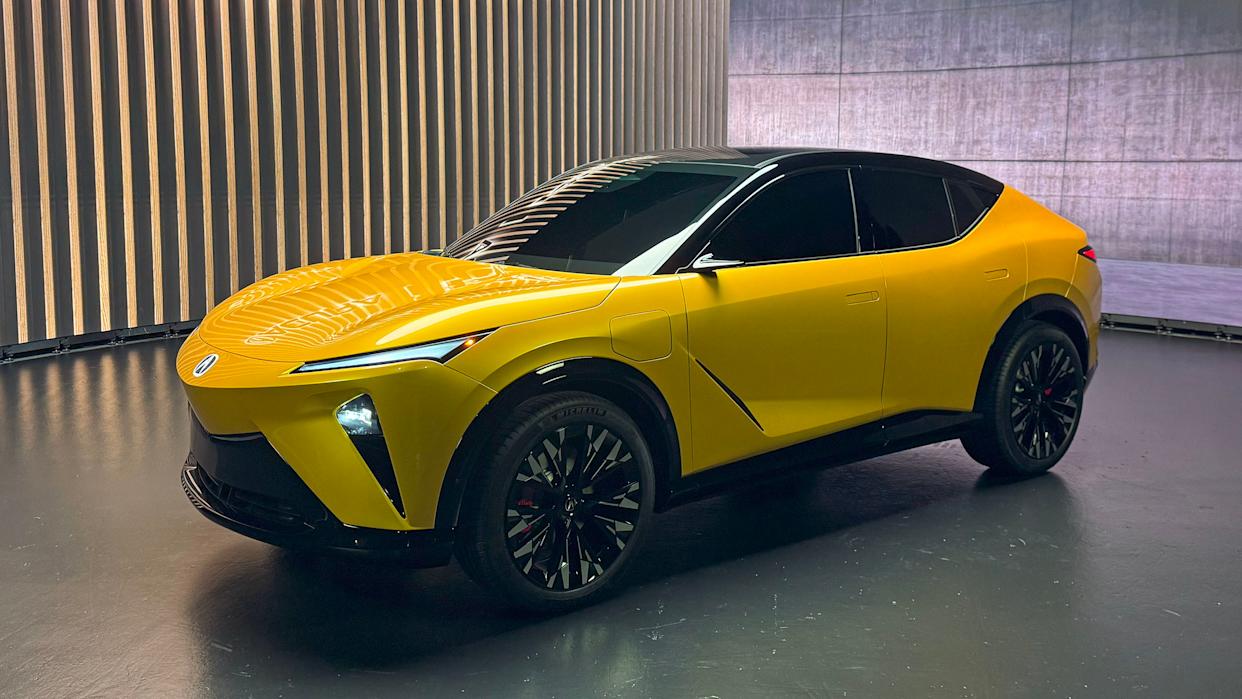
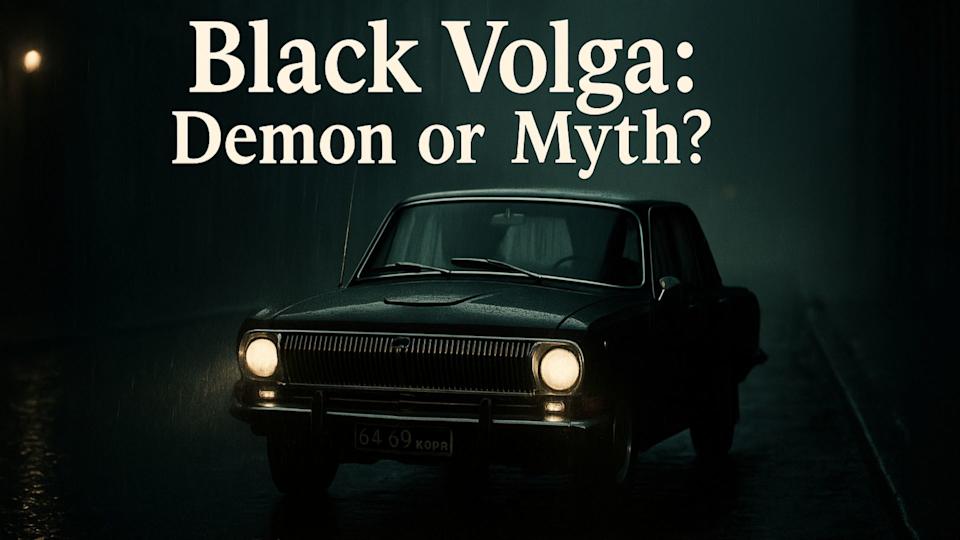
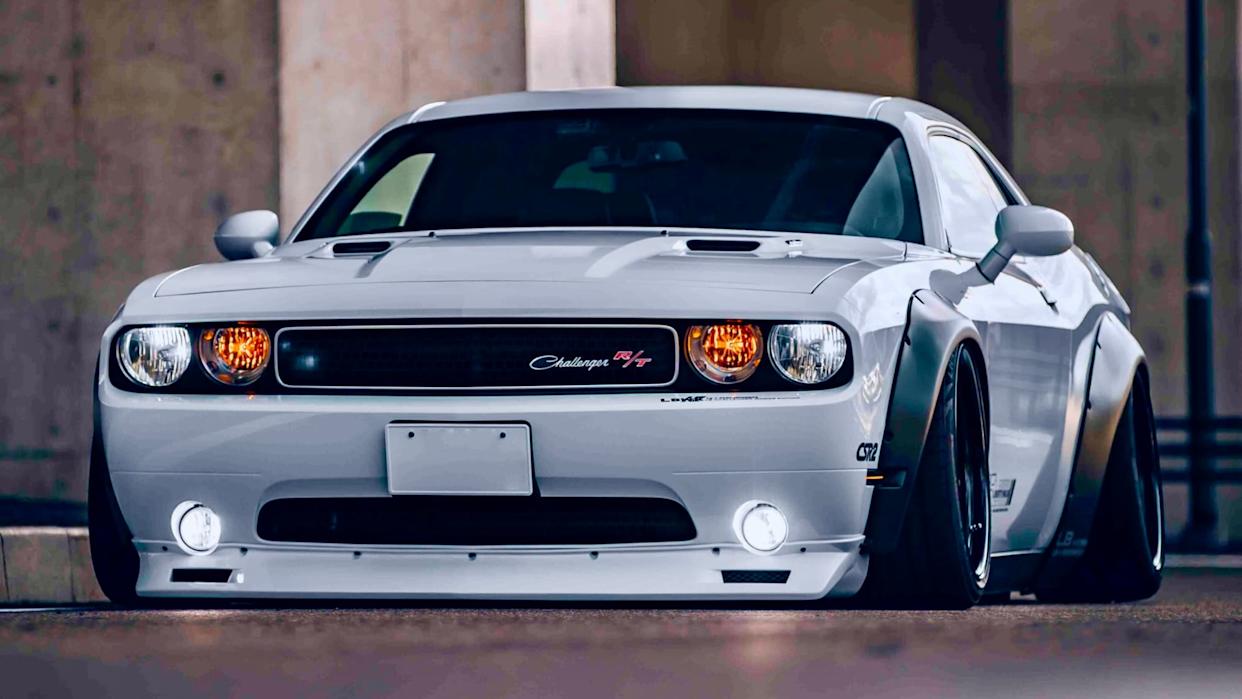
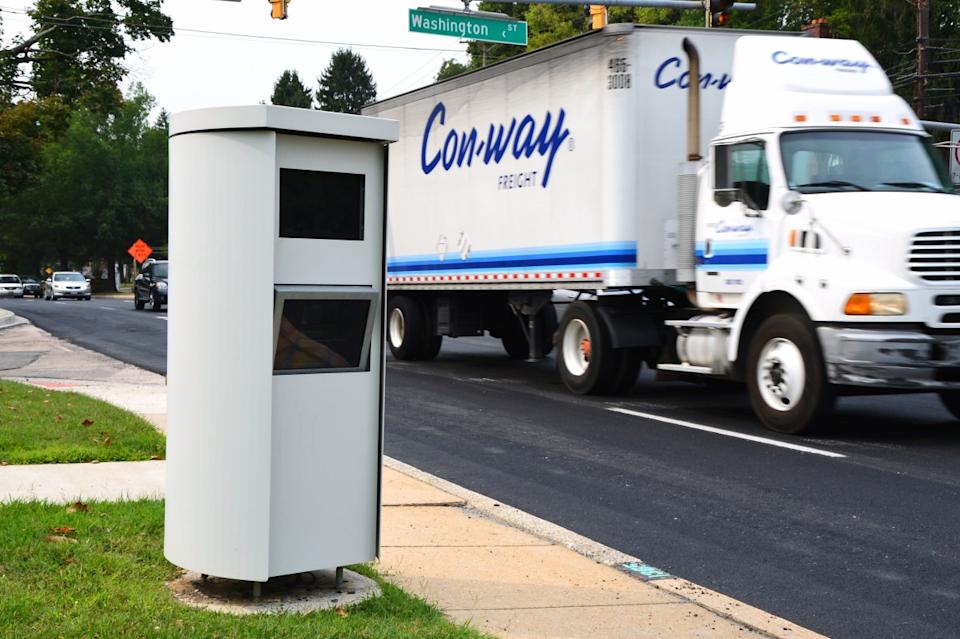
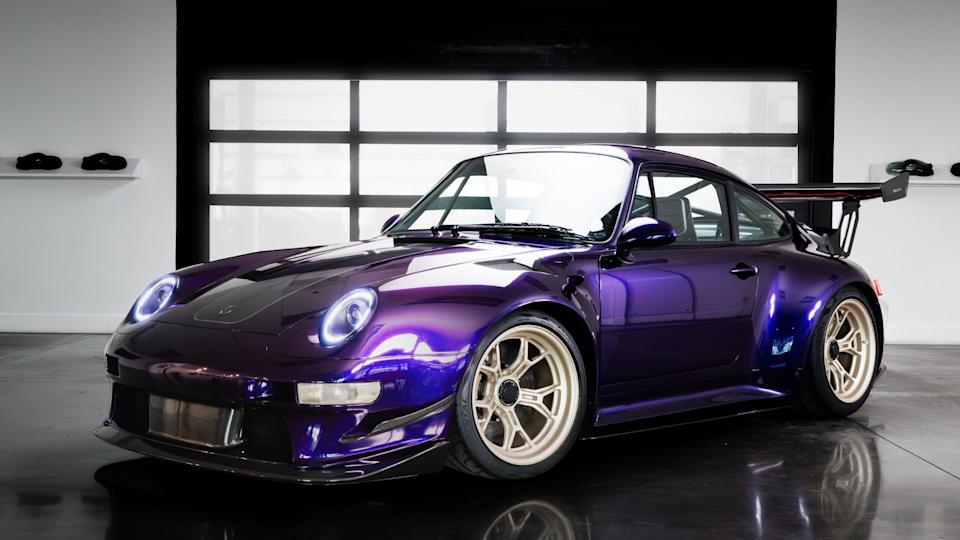


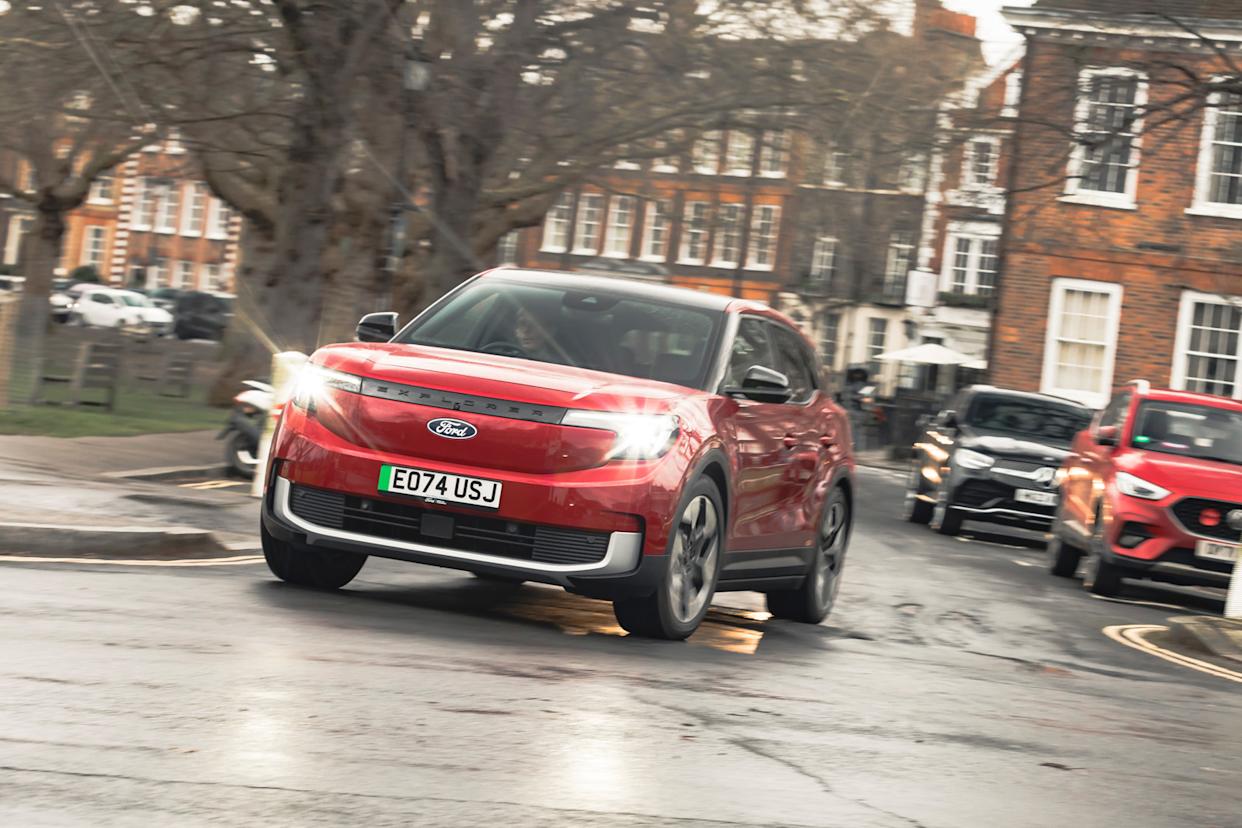
Comments